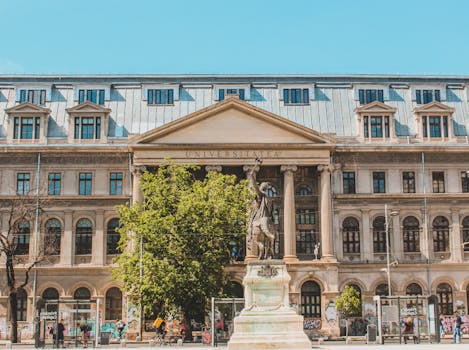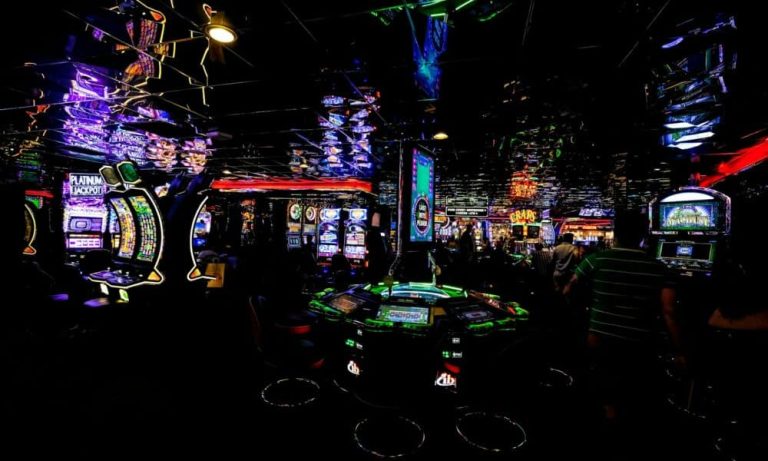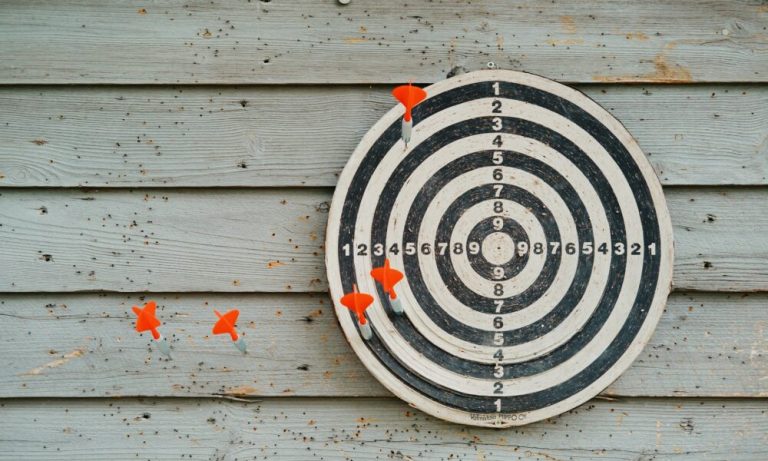
Traveling Through Time: How Europe’s Historical Heritage Shapes Modern Lifestyles in 2025
Introduction to Europe’s Historical Heritage
Traveling Through Time: How Europe’s Historical Heritage Shapes Modern Lifestyles in 2025. Europe is a continent steeped in history, with a rich cultural heritage that spans centuries. From the ancient ruins of Greece and Rome to the medieval castles of England and France, Europe’s historical landmarks are a testament to its complex and fascinating past. But Europe’s historical heritage is not just a relic of the past; it continues to shape modern lifestyles in profound ways.
The Influence of Historical Architecture
One of the most obvious ways in which Europe’s historical heritage influences modern lifestyles is through its architecture. Many of Europe’s cities are filled with historic buildings, from grand cathedrals to humble cottages. These buildings not only provide a glimpse into the past but also continue to serve as functional spaces for modern inhabitants. For example, many of Europe’s historic city centers are now popular tourist destinations, with visitors drawn to their unique blend of old and new.
The Impact of Art and Culture
Europe’s historical heritage has also had a profound impact on the continent’s art and culture. From the Renaissance masters to modernist movements, Europe’s artistic heritage is unparalleled. Many of Europe’s museums and galleries are filled with works of art that reflect the continent’s complex history, from the Mona Lisa to Picasso’s Guernica. These works of art not only provide a window into the past but also continue to inspire modern artists and designers.
The Legacy of Cuisine
Europe’s historical heritage has also influenced the continent’s cuisine, with many traditional dishes and ingredients still enjoyed today. From Italian pasta to French escargots, European cuisine is renowned for its diversity and richness. Many of Europe’s culinary traditions have been shaped by the continent’s history, with different cultures and empires leaving their mark on local ingredients and cooking techniques.
Conclusion
In conclusion, Europe’s historical heritage continues to shape modern lifestyles in profound ways, from architecture to art and cuisine. As we travel through time, we can see how the continent’s complex history has influenced the way we live, work, and play. Whether we are exploring historic cities, admiring works of art, or savoring traditional cuisine, Europe’s historical heritage is always present, shaping our experiences and inspiring our imaginations.





